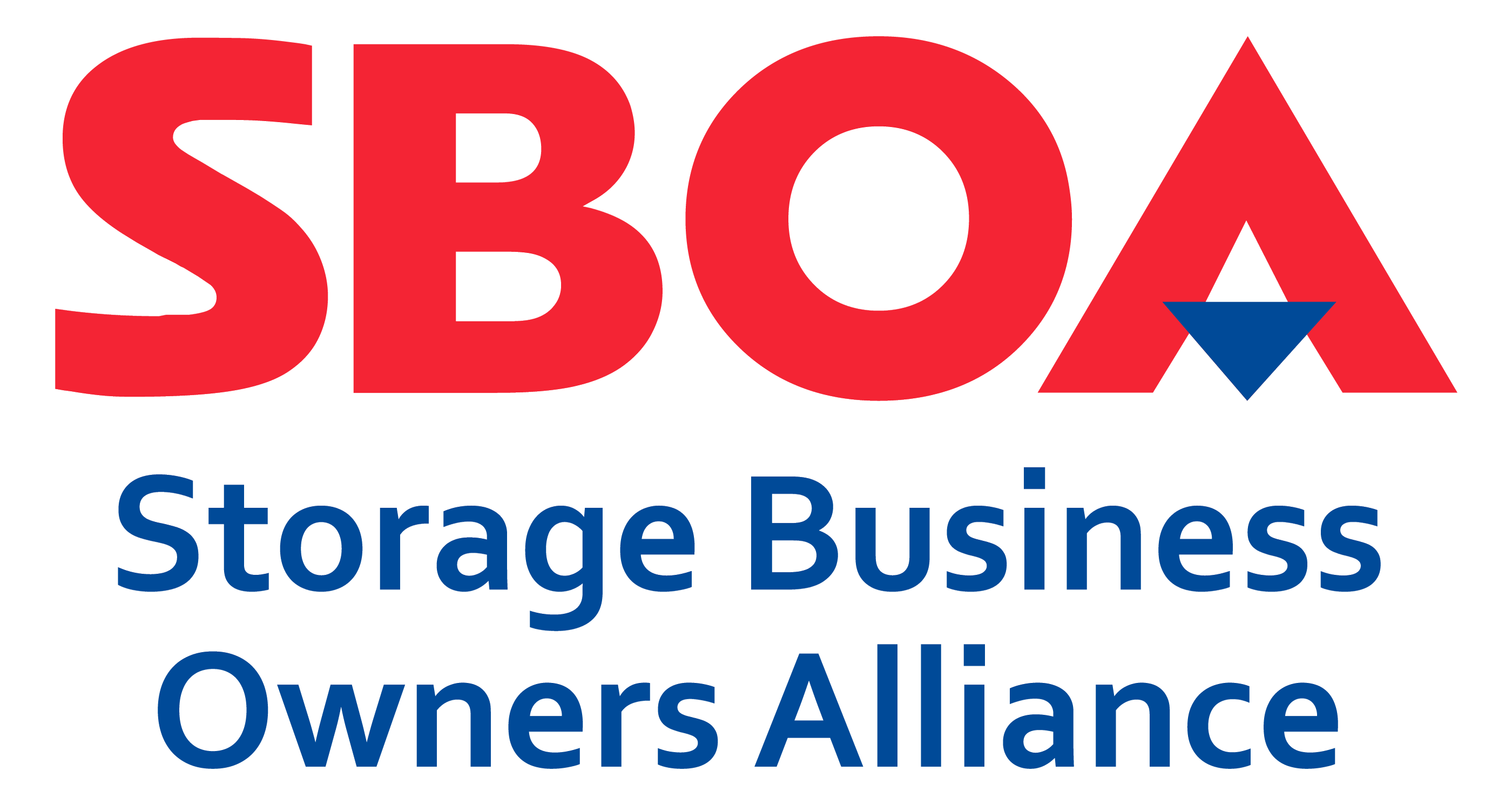Introduction to Self Storage Investing for Beginners:
Congratulations on embarking on a great new journey in the self-storage industry. As someone who started exactly where you are today 22 years ago, I understand the excitement and challenges you may be facing. This is why the SBOA created our educational program, Storage for Rookies. In this blog post, I will share my personal experience and insights on self-storage investing, providing you with valuable information to help you successfully navigate self storage investing for beginners.
1. The Beginning of My Journey:
I, too, had land I wanted to develop and found the self-storage business interesting. However, I needed a starting point. Attending a Trachte seminar sparked my enthusiasm, and since then, I have built, bought, managed, and sold over 100 self-storage facilities. It has been a fulfilling and rewarding journey.
2. Moving Forward in the Business:
When I decided to pursue self-storage investing, I took several key steps to ensure my success:
- Hiring a consultant: Seeking professional guidance is crucial, especially for newcomers. A consultant can provide valuable insights and help you make informed decisions.
- Continuous learning: Attending conferences, meetings, and industry events is essential to stay updated on the latest trends and best practices.
- Third-party management: Initially, I hired a third-party manager to handle operations. However, as I gained experience, I managed the facilities myself, increasing my control and profitability.
- Selling and restarting: Selling existing properties and reinvesting the capital into new ventures can be a viable strategy for growth and diversification.
3. The Self-Storage Business: What You Need to Know:
The self-storage industry offers a great community of owners and ample opportunities for learning and sharing. If done right, it can be a highly lucrative business. However, it is essential to understand that operating a self-storage facility is more challenging than it may seem initially. Here are some key considerations:
- Staffing issues: Managing a large property requires effective staffing, and finding reliable employees can be a challenge.
- The internet’s impact: The internet is both your best friend and worst enemy. Utilize online marketing strategies to promote your facility effectively but be prepared for increased competition.
- Location matters: The location of your facility plays a critical role in attracting customers. Assess the competition, pricing, and target market in the area to make an informed decision.
- Management and pricing: Effective facility management and appropriate pricing strategies are crucial for success. Regularly evaluate your pricing model and ensure your management practices align with industry standards.
- Continuous learning: The self-storage industry is constantly evolving, and there is always more to learn. Stay updated on new technologies, trends, and operational best practices.
4. The Role of Remote Management and Technology:
Remote management and technology have grown exponentially, transforming the self-storage industry. These advancements provide several benefits, including:
- Improved staffing issues: Remote management tools help streamline operations and reduce staffing requirements, resulting in cost savings.
- Decreased expenses: Technology enables automated processes, reducing manual efforts and associated expenses.
- Increased efficiencies: Remote management tools and technology-driven systems enhance operational efficiencies and customer experiences.
- Centralization of services: larger organizations can centralize management services, optimizing resources and improving overall performance.
5. Understanding Changing Consumer Behaviors:
Consumer data clearly shows a shift towards online transactions and interactions. People prefer the convenience of conducting business online, without the need for direct contact. To cater to this preference, it is crucial to establish a strong online presence and offer user-friendly digital platforms for reservations, payments, and customer support.
6. Key Factors for Success:
When investing in self-storage, several factors significantly impact your success:
- Location: Choose a location where your facility is highly visible and accessible to potential customers. Assess the competition, their pricing strategies, and the local market demand.
- Make your money on the buy: Thoroughly understand the property you’re acquiring. Look for opportunities to improve underperforming facilities by identifying potential areas for expansion, upgrading the office or curb appeal, reconfiguring units, and adjusting rental rates.
- Marketing: Establish a strong online presence to increase visibility and attract customers. Invest in search engine optimization (SEO) strategies, pay-per-click advertising, social media marketing, and local directory listings to enhance your facility’s online visibility.
- Hiring consultants and third parties: Engage experienced consultants and consider hiring third-party management companies, especially if you’re new to the industry. Their expertise can level the playing field and provide valuable guidance in various aspects of facility management.
- Attention to details: Pay attention to every aspect of your self-storage business. From customer service to facility maintenance, focus on providing a positive experience for your tenants.
- Adapting to industry changes: Understand the evolving landscape of self-storage investing. Keep up with market trends, lender accommodations, equity availability, increased competition from aggregators, and the impact of new construction on the market.
7. The Changing Economic Landscape:
The self-storage industry is not immune to economic fluctuations. However, challenges can present opportunities for savvy investors:
- Lack of debt and opportunity: A lack of debt in the market creates a void that can be filled with equity investments. This presents an opportunity for investors who can wait for market improvements.
- Refinancing challenges: Many operators may face difficulties in refinancing due to increased interest rates and cap rates. This creates a smaller pool of buyers and potential opportunities for those who can provide alternative financing options.
- Creating value: With an excellent management team, it is possible to increase Net Operating Income (NOI), adding value to the property. This can facilitate refinancing with reduced equity requirements.
Conclusion:
Congratulations on taking the first steps in your self-storage investing journey. We have covered a wide range of essential topics, from deciding to enter the industry to understanding demographics, competition, marketing, management, and more. Remember that this is just the beginning, and you will encounter countless questions and opportunities along the way. The self-storage community is a valuable resource, and I encourage you to continue seeking knowledge and guidance as you navigate this exciting and potentially lucrative business.
Best of luck!


